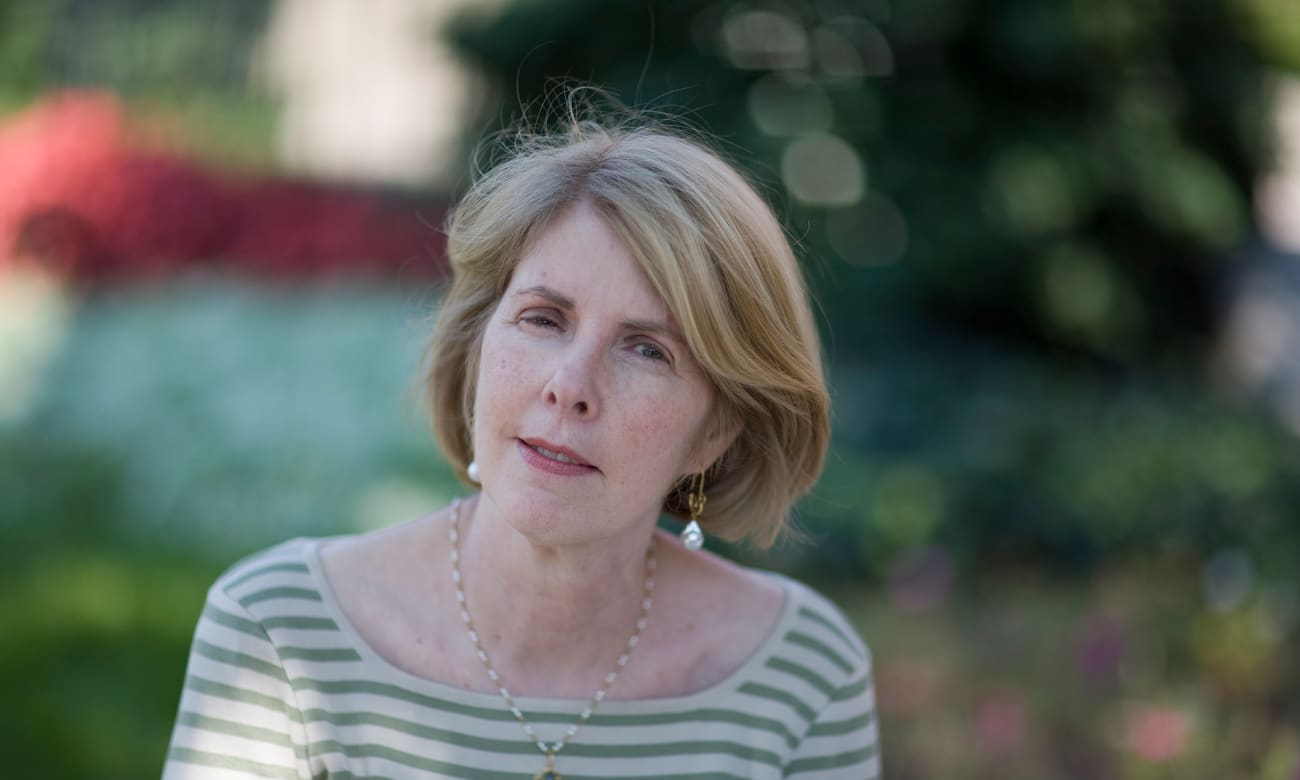In Kay Redfield Jamison’s latest celebrated work, she explores psychological suffering and the path toward healing.
Johns Hopkins professor and author Kay Redfield Jamison is all too familiar with both psychological pain and the raw and difficult process of recuperation. In her latest tome, she shows how psychotherapy and medicine, as well as rituals, art, nature, religion, love and music can bring comfort.
“I’ve always been interested in the history of suffering,” says Jamison, whose 1995 bestseller, An Unquiet Mind, marries her deeply personal story of living with (and nearly dying of) bipolar disorder with her professional insights on the illness.
The first pages of her new book, Fires in the Dark: Healing the Unquiet Mind, plunge readers into the horrors of World War I and the 1917 Battle of Passchendaele, which took a staggering 500,000 lives, including that of Revere Osler, beloved son of famed Johns Hopkins physician Sir William Osler.
Osler, she writes, was a brilliant and empathetic clinician who “spoke with a gentle voice, conveyed confidence and gave comfort.” His very presence was healing. Now, he had to find his own way forward through shattering grief.
Earlier in his career, Osler had treated Walt Whitman but had found the great poet’s writing “too radical, too raw.” After Revere’s death, Jamison writes, “Osler read Whitman in a different light.”
He found he had a lot in common with the poet, who had been a nurse during the Civil War. Osler took solace in the very rawness he had rejected years earlier.
Both Osler and Whitman, writes Jamison, “knew how to tend wounds and lay on hands, how to offer hope. They knew that words give meaning to suffering; that words are a means to heal the living and remember the dead.”
Jamison, the Dalio Professor in Mood Disorders and a professor of psychiatry at Johns Hopkins, says she started researching her book “out of a general interest in suffering and mood disorders,” and found herself drawn to stories of healing through history.
“Psychotherapy and medication underpin the modern treatment of mental suffering,” she writes. “Thanks to science, they continue to evolve. But to heal requires more: active engagement of the imagination, learning, and seeking.”
Healing is not the same as being cured, says Jamison. The goal is not always to eradicate pain, but rather to understand and accept it. The healers she describes tend to be sophisticated readers, thinkers, clinicians and artists who plunge elbow-deep into the messiness and ugliness of life. “An active approach to adversity, a swim toward dangerous waters, can help the mind regenerate,” she writes.
Like those healers, Jamison also reads widely, drawing from sources as varied as Hippocrates, John Steinbeck, Sigmund Freud and wartime diaries to create lyrical, immersive prose that captures the chaos of war, the suffering it causes, the balms that are within reach.
During her roughly two years of research, she says, she was particularly enchanted by what she learned about Paul Robeson, the singer, actor and activist. “I knew he was an extraordinary person,” Jamison says. “I didn’t know how extraordinary.”
In the book, she describes Robeson’s rage at the racist mistreatment he experienced, his struggles with manic depression, and the pathos that he brought to the “Ol’ Man River” lyrics that immortalized him: “I’m tired of living and I’m feared of dying.”
Like Osler, Robeson was both healer and sufferer. Both men refused to look away, but instead, with curiosity, empathy and nuance, plunged into their work and their art to make sense of their pain for themselves and others.
“Robeson inspired and gave balm to those who suffered more than he,” she writes. “He healed through his example and music. He accompanied the vulnerable.”

